Care of Geraniums: [Earth, Strengthening, Humidity and Pruning]
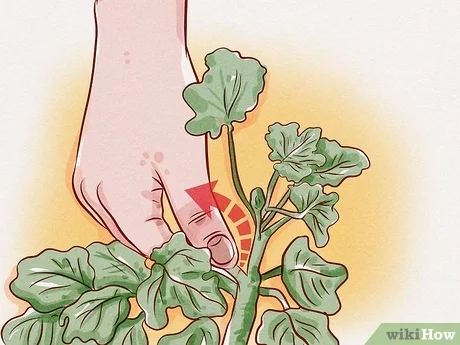
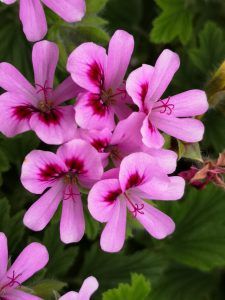 Geraniums are very diverse species that have been grouped within the genus Pelargonium.
Geraniums are very diverse species that have been grouped within the genus Pelargonium.
As such, they are one of the most popular ornamental plants due to their ability to survive in adverse conditions, as well as their good flowering and aroma.
If you are interested in adding a touch of color and aroma to your garden, balcony or facade, these plants are a very good option.
For this reason, we want to share a brief guide with the main care of geraniums so that you are successful during their cultivation. We hope you find it useful.
What soil needs do geraniums have?
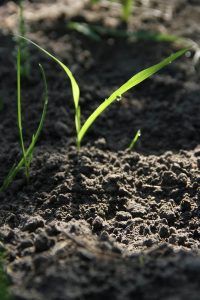 Geraniums need a light substrate, with good and high porosity, excellent moisture retention and very good drainage.
Geraniums need a light substrate, with good and high porosity, excellent moisture retention and very good drainage.
In addition, it is possible to add previously composted materials to improve the level of organic matter in its composition.
Examples of a good substrate can be the following: 60% to 70% sandy soil and 40% to 30% peat.
40% to 60% composted leaf soil, coconut fiber or Peat Moss, 20% to 30% coconut dust or vermiculite and 20% to 30% medium river sand or perlite.
The recommended pH for this plant has a fairly wide range, from 5 to 7.5, but a favorable level can range from 6.2 to 6.5. Regarding electrical conductivity (EC), the recommended level should be between 1.5 and 3.0mS/cm.
How to make geraniums grow strong and vigorous?
Geraniums are very easy to grow. In fact, they depend on few factors to grow strong and vigorous. Below we indicate the aspects that you should consider carefully.
Temperature
Geraniums prefer regions with a temperate climate, growing best at temperatures between 16°C and 20°C. Growing them in hot areas is not recommended. Try to keep them at constant temperatures, below 28°C.
On the other hand, although they can grow in cold areas, they need protection from frost and temperatures below 12°C as growth will be significantly reduced. Therefore, they must be protected with materials such as plastic or glass during the winter.
Lightning
Lighting is one of the most important aspects in the care of geraniums, since good vegetative development and abundant flowering depend on it. As such, it requires large amounts of light, but can also survive in the shade.
The optimal range is between 30,000 and 45,000 lux. When the lighting exceeds 60,000 lux, it will be convenient to provide shade. On the other hand, when grown under low light conditions, the plant elongation simply increases and its leaves develop poorly.
Flower pot
Geraniums should be placed in pots or pots 8 to 12 inches in diameter (20 to 30 centimeters) so that their roots develop properly and can hold enough water to prevent wilting.
Fertilization
It is advisable to feed these plants with a balanced fertilizer, of the order 1:1:2, avoiding excess hydrogen to prevent foliar development and reduced flowering.
Another good option is to do a full 20-10-20 or 15-15-15 fertilization with a 1:1:1 balance of about 200 parts per million nitrogen (N) and potassium (K). This task should be done once every 15 days.
What humidity do geraniums need?
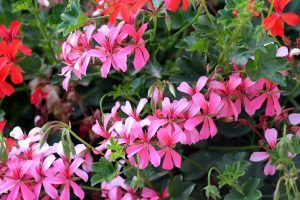 Geraniums do not need large amounts of water, and irrigation will depend on weather and environmental conditions.
Geraniums do not need large amounts of water, and irrigation will depend on weather and environmental conditions.
However, as a reference, it can be applied once every third day, when the soil is half dry. The frequency should increase during the summer and decrease in the winter.
With regard to relative humidity, the optimal level should range between 60% and 80% because, at higher or lower levels, the risk of suffering from a disease increases.
Is it necessary to prune geraniums?
Pruning is not among the most important care for geraniums. However, it is useful to maintain it, eliminate sources of infection, as well as to define its shape, regulate its growth and favor the sprouting of new branches.
How often should we prune geraniums?
Maintenance pruning should be done whenever necessary, whenever the leaves, stems or flowers are damaged or withered.
Regarding the pinching, it should be done between 15 to 28 days after the seedling has been planted, before the second half of March, so as not to delay flowering.
How to prevent pests and diseases from appearing on geraniums?
Geraniums are fairly hardy plants, especially when kept healthy and given the primary care of lighting, watering, and temperature. However, they are susceptible to some pests and diseases.
Among the diseases are those caused by fungi such as powdery mildew, botrytis and root rot. To avoid them, it is mainly recommended to carry out a moderate irrigation to avoid excess humidity.
In the case of pests, geraniums can be attacked by whiteflies, aphids, miner worms, slimy bugs, among others. To avoid them, periodic review and the application of organic insecticides are recommended.
Conclusions
Geraniums are extremely hardy plants and easy to grow. In fact, they are perfect for those just starting out in the field of gardening.
If you think that these plants are a good option for your garden, do not forget to take this guide into account, since closely following the main care of geraniums will allow you to grow them in the best way.
Bibliographic references
- http://sipas.inta.gob.ar/sites/default/files/archivos/Malvina_Fasce_2015.pdf
- https://repositorio.upct.es/bitstream/handle/10317/3899/pfc5577.pdf?sequence=1
- https://www.mapa.gob.es/ministerio/pags/biblioteca/revistas/pdf_Hort/Hort_1983_7_5_11.pdf
- http://repositorio.ual.es/bitstream/handle/10835/9745/ESCUDERO%20VILLEGAS%2C%20MIGUEL.pdf?sequence=1&isAllowed=y
- https://repositorio.unh.edu.pe/bitstream/handle/UNH/1254/TP%20-%20UNH%20AGRON.%200098.pdf?sequence=1&isAllowed=y
- https://bdigital.zamorano.edu/bitstream/11036/2524/1/210891_0216.pdf
Maybe you are also interested in:
- How often and how to water my geraniums in winter?
- How often and how to water my potted geraniums?
- How often and how to water my Geraniums?
- How to Fertilize Geraniums: Our Method – Sembrar100
- Geranium Cuttings: [Concept, Period, Rooting and Planting]
- Pests and Diseases of Geraniums: [Detection, Causes and Solutions]
- Prune Geraniums: [Importance, Time, Tools, Considerations and Steps]
- Transplant Geraniums: [Conditions, Tools and Steps to follow]

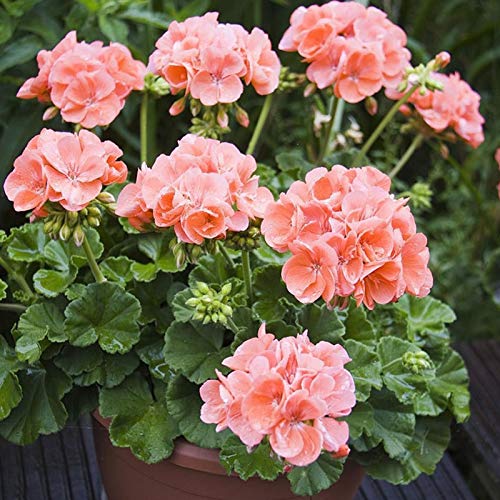
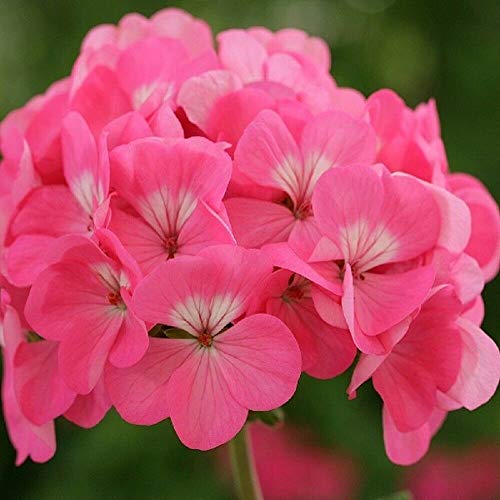
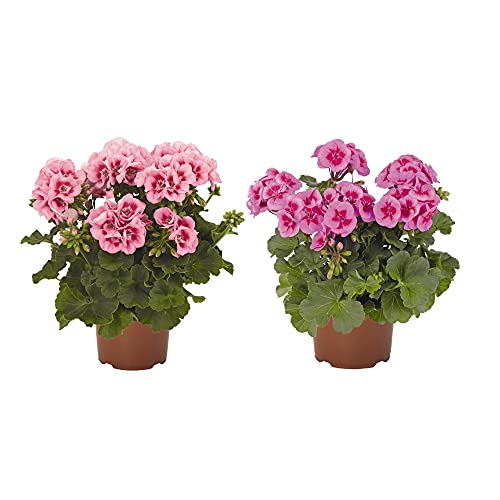
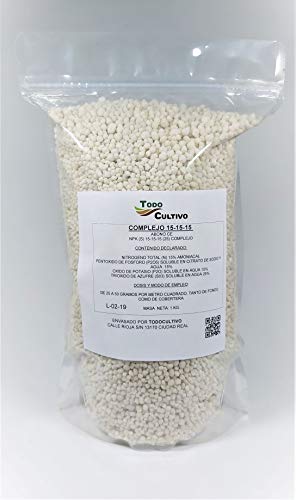
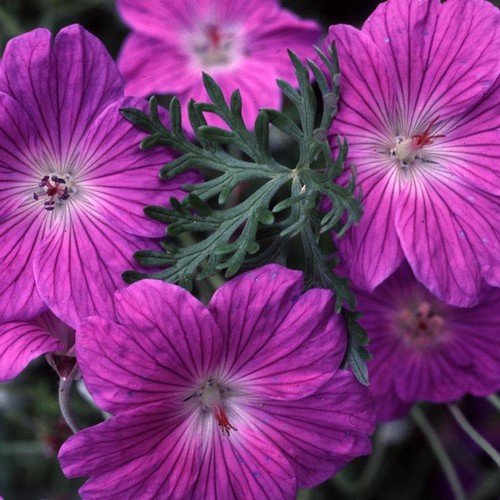


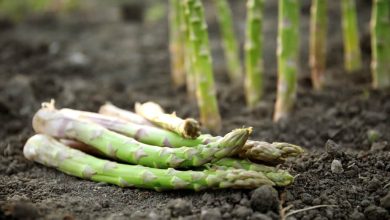

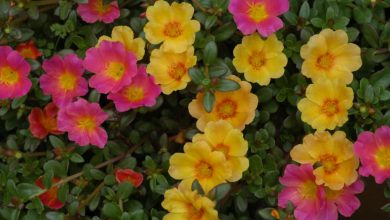
![Photo of How to Plant a Hazelnut and Harvest Your Own Hazelnuts: [Complete Guide]](https://www.complete-gardening.com/wp-content/uploads/2021/06/sembrar-avellanas-390x220.jpg)